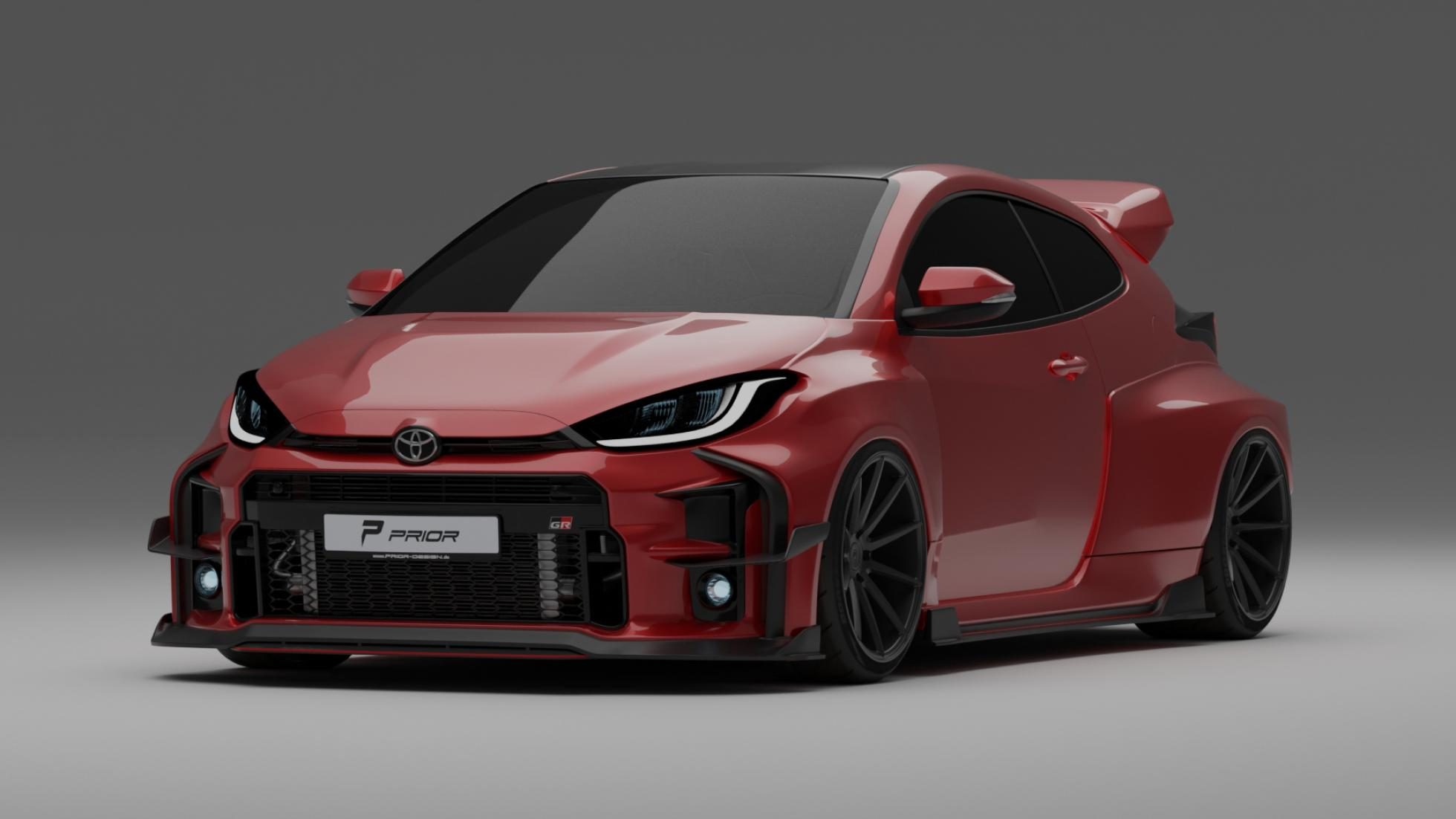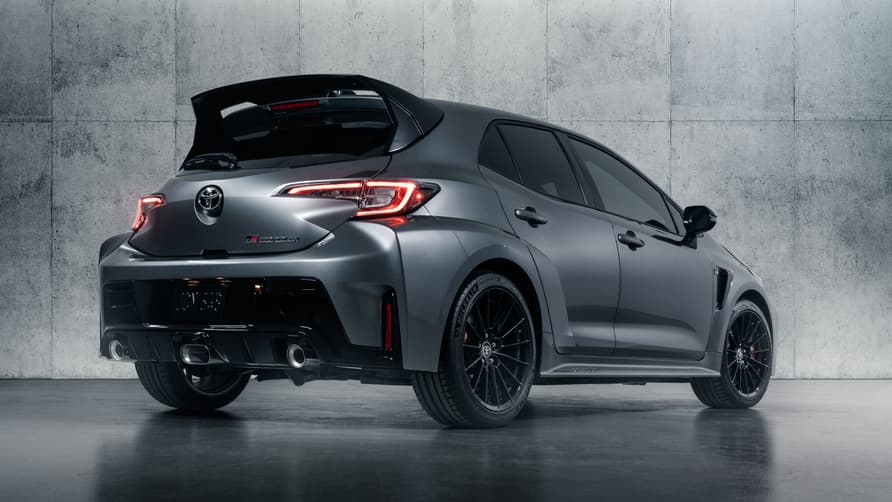Toyota Supra Generations Explained – This Is How Much They’re Worth
The Toyota Supra has had a fascinating life from its humble beginnings as a designation of Celica in 1978, to its transformation into a JDM icon in the early 2000s, and now it is reimagined as a modern sports car thanks to help from BMW.
The latest A90 Supra has just been given a manual variant, and with its popularity now exploding thanks to this change, we thought it best to explore the history of this brilliant, culture-changing car.
First Generation Mk1 – Toyota Celica Supra A40/A50 – 1978-81
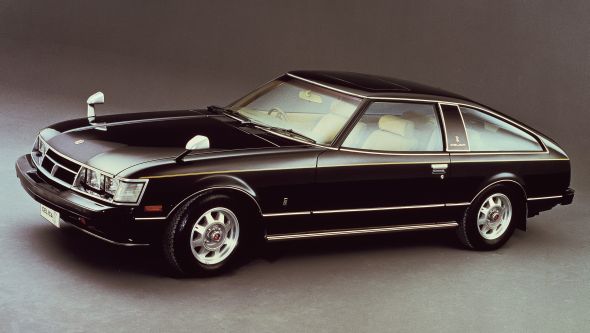
The Supra didn’t begin as its own model. Instead, the name was added as a variant to the Celica but came with a few enhancements. For one, the four-cylinder Celica engine was engineered into a straight-6 boasting 110 horsepower and 136 lb-ft of torque thanks to its 2.6-litre capacity. This power was sent through a four-speed automatic, or if you were feeling frisky, a 5-speed manual.
It was also 5.1 inches longer than the Celica and offered a few more bits such as an 8-track player and rear disc brakes.
As the year ticked over into the ’80s, a 2.8-litre engine was released producing 116 horsepower and 145 lb-ft of torque. As you can imagine, it wasn’t overly quick. But with it competing against the softer Nissan 280Z at the time, it just about made its mark in the industry. Albeit, a questionable one.
Because it received mixed reviews at the time, few people actually bought it, making it a rare car to own these days. According to Classic.com, the average value of a Celica Supra is $13,307.
Second Generation Mk2 – Toyota Celica Supra A60 – 1982-85
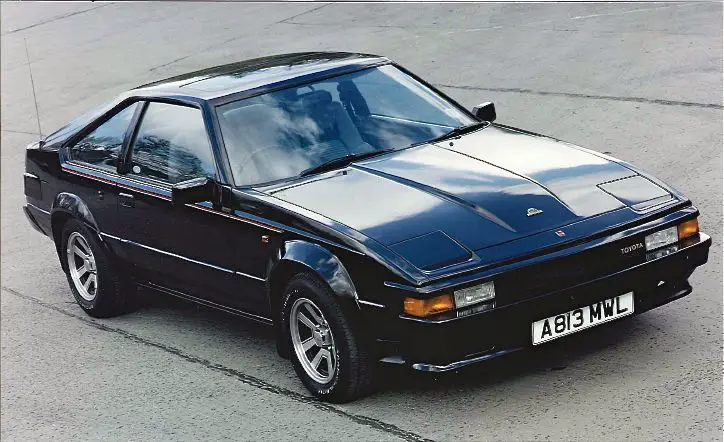
Once again this Supra was designed around the Celica, but with us now sat safely within the ’80s, the Celica had received a boxy redesign. It had angled wheel arches, pop-up headlights, and most importantly, performance to match its now stunning exterior.
It created 145 horsepower from its 2.8-litre, twin-cam inline-6, and in ’84, a small revision added an extra 15 horsepower.
Unlike the first generation, this car was beloved by owners and journalists alike who revered it as being the “perfect” car. And if you had a Porsche 924, it’s likely you were very jealous of the Japanese doppelganger.
Nowadays, these cars are struggling with rust issues, but the later models are especially popular thanks to that little power boost. According to Classic.com, these are averaging around $20,073.
Third Generation Mk3 – Toyota Supra A70 – 1986-92
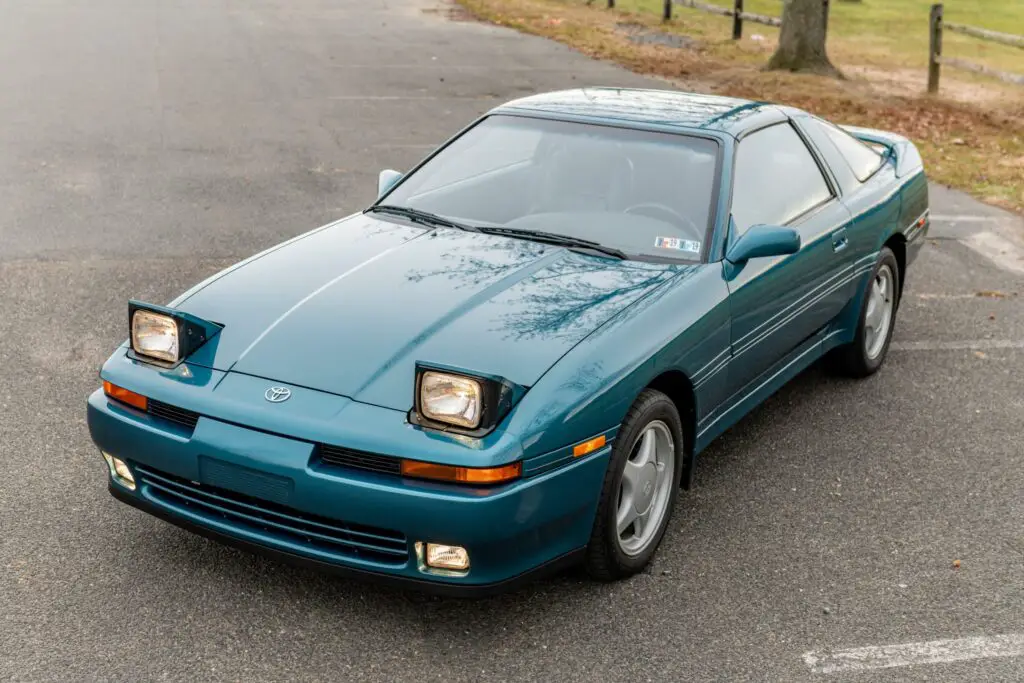
The Mk3 Supra was a car to behold, with it being the first car of this list to offer a turbocharger. Its 3.0-litre inline-6 now produced 232 horsepower and 252 lb-ft of torque, and would hit 60mph in just 6.1 seconds.
It was heavy, the heaviest in fact, but thanks to double wishbone suspension, an optional limited-slip differential at the rear, and a host of other technology, it was still fast enough to put hairs on your chest in the twisties. And even with less power, the non-turbocharged models still felt fast enough.
Japan saw an even faster model with 276 horsepower, slap bang on the gentlemen’s agreement, but this never came to the USA… sadly.
The Mk3 is valued at around $19,671 according to Classic.com.
Fourth Generation Mk4 – Toyota Supra A80 – 1993-98
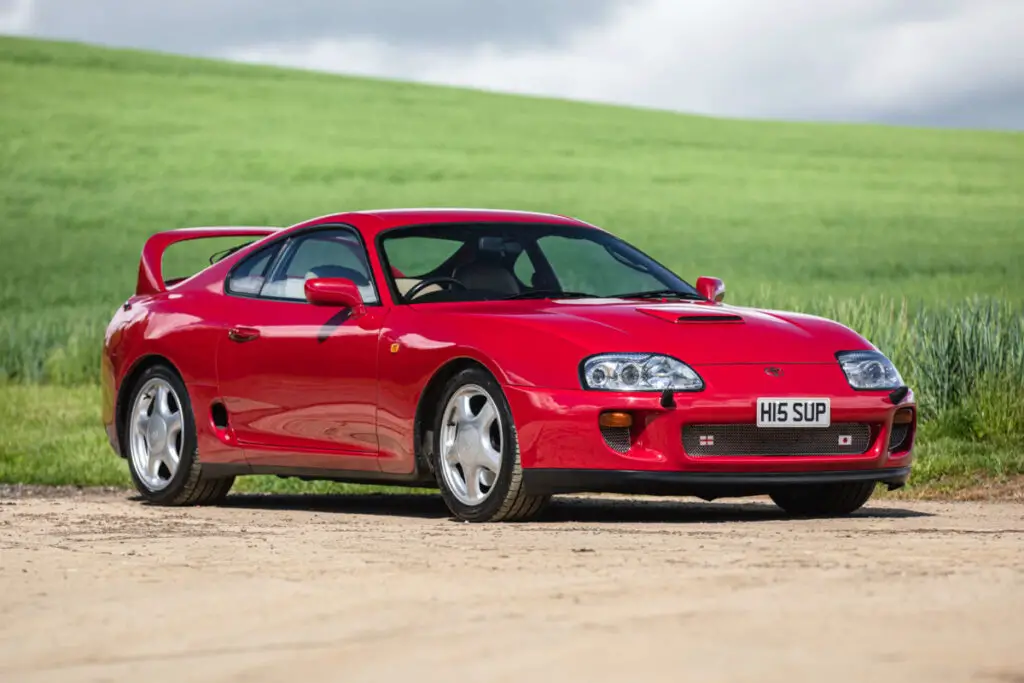
This was the one that changed the Supra model forever. Wielding the mighty 2JZ engine, a 320-horsepower, twin-turbo straight-six, and a Getrag six-speed gearbox, this car made waves in the Japanese car market.
Plus, its engine was so over-engineered by Toyota, that doubling its horsepower was incredibly easy and safe. This meant the car quickly became a favourite for tuners and has stayed in their good books ever since. Stock, it can hit 60mph in under 5 seconds, and while it was built as a GT car, it could still put its power down when necessary.
The non-turbo cars produced 220 horsepower, and while this is a lot less than its turbo’d brother, they’re still fetching a pretty penny today.
Turbo A90s are now fetching upwards of 6-figures.
Fifth Generation Mk5 – Toyota Supra A90 – 2020 onwards
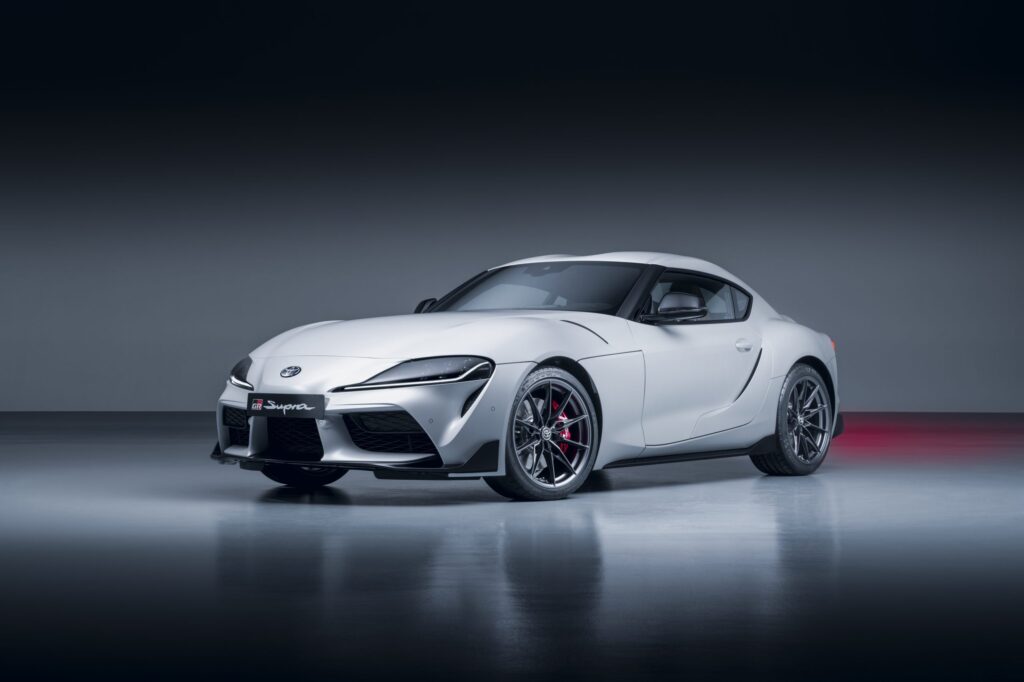
The Supra went on a holiday for quite a few years while it recovered from being featured in the Fast and Furious franchise. But in 2020 it came back under a different guise as before thanks to input from BMW.
Based on the BMW Z4, this Supra was 100% sports car, but it didn’t win over fans of the iconic grand tourer. We were confused as to why Toyota chose to base its halo car on a BMW, and on top of that, it didn’t come with a manual transmission – sacrilege!
It was faster than the previous-gen, though, thanks to BMW’s B58 3.0-litre engine, dubbed the modern 2JZ thanks to its tuning potential. Stock, it produces 335 horsepower and 365 lb-ft of torque, but later models increased this to 382 horsepower and 368 lb-ft of torque.
Eventually, the peer pressure from enthusiasts got to Toyota, too, and it’s now introduced a manual version of the A90 with Top Gear telling us that the “manual conversion has settled into Supra life beautifully”.
The A90 is currently for sale from £52,695.
